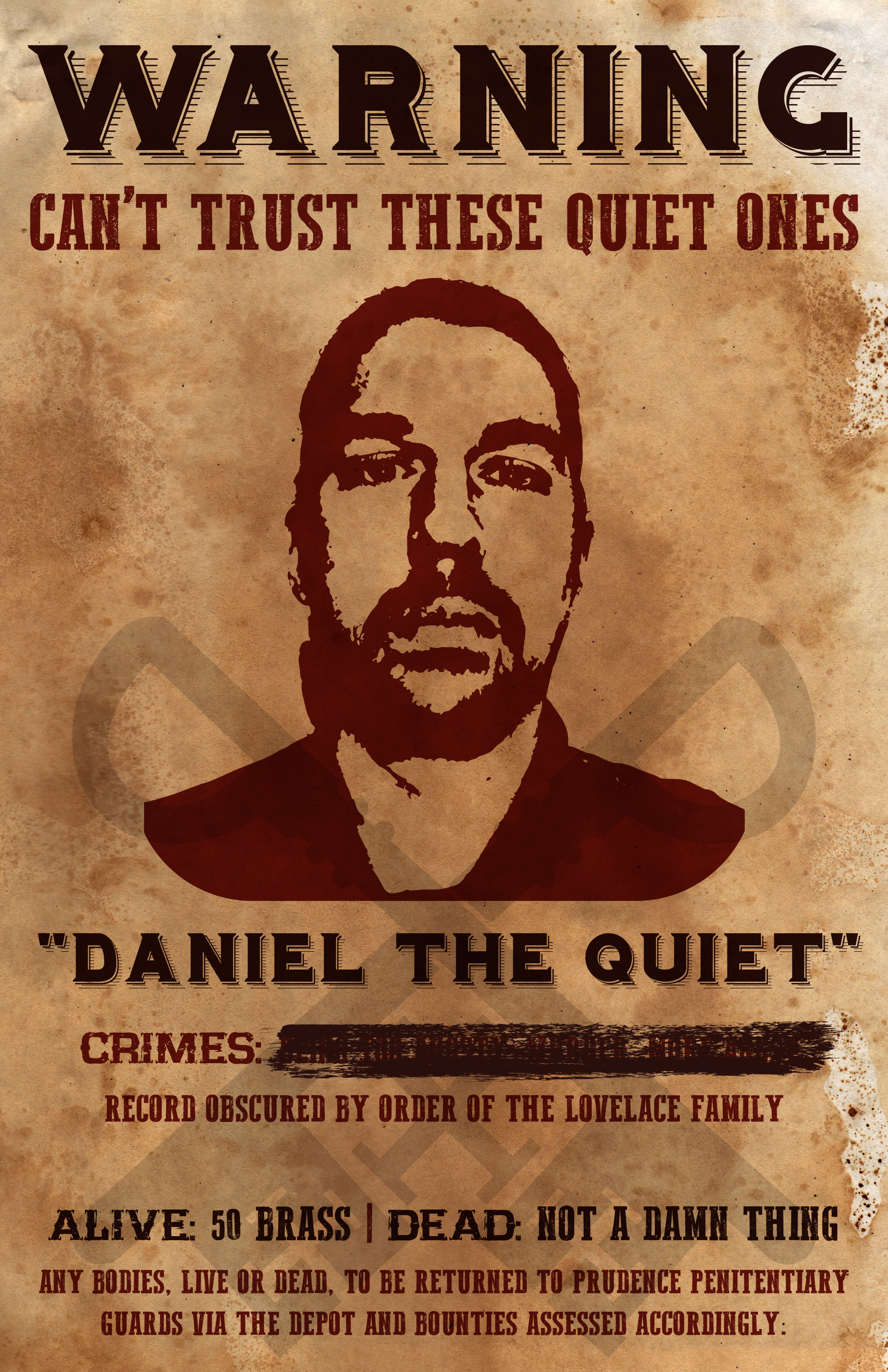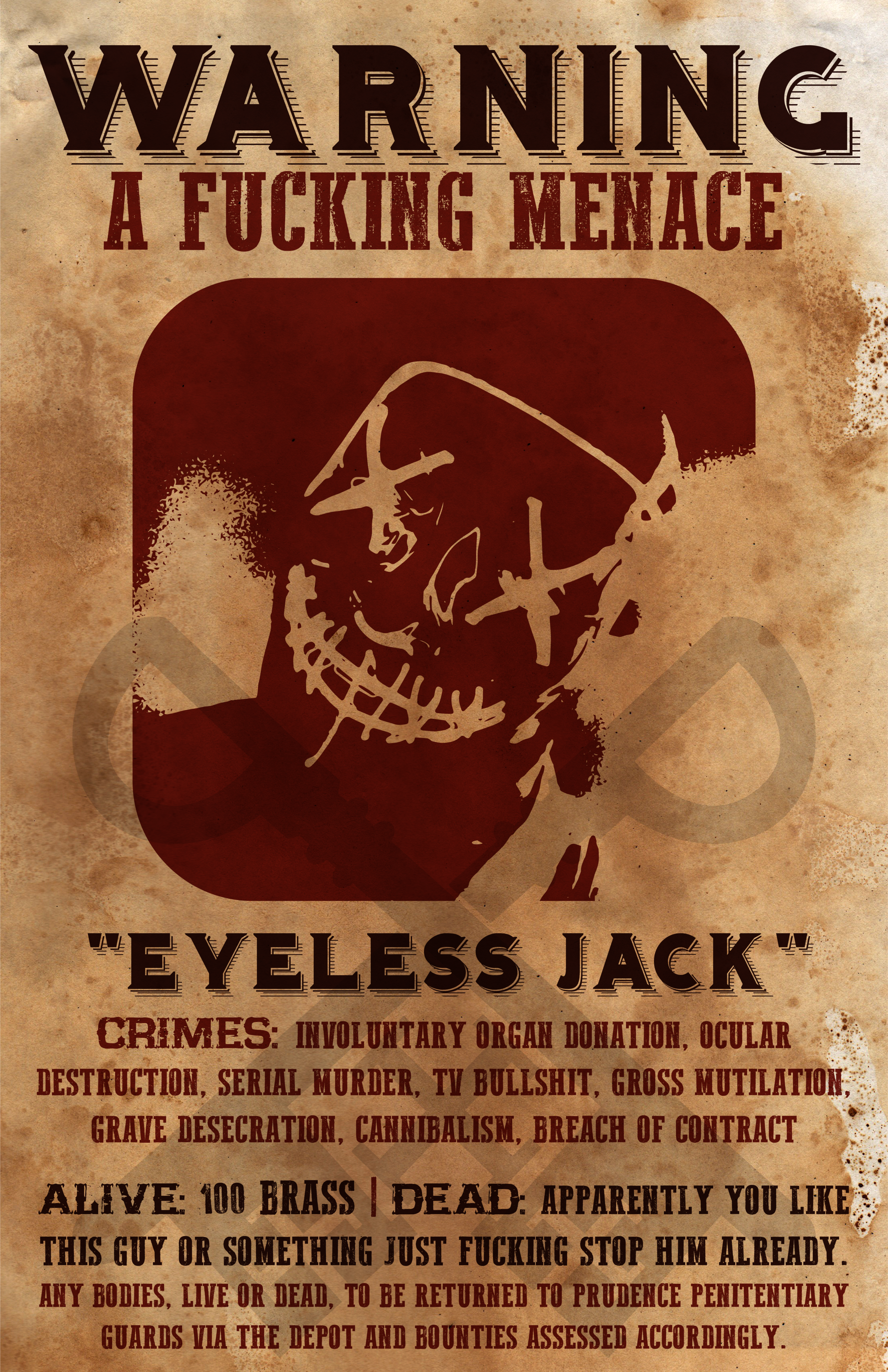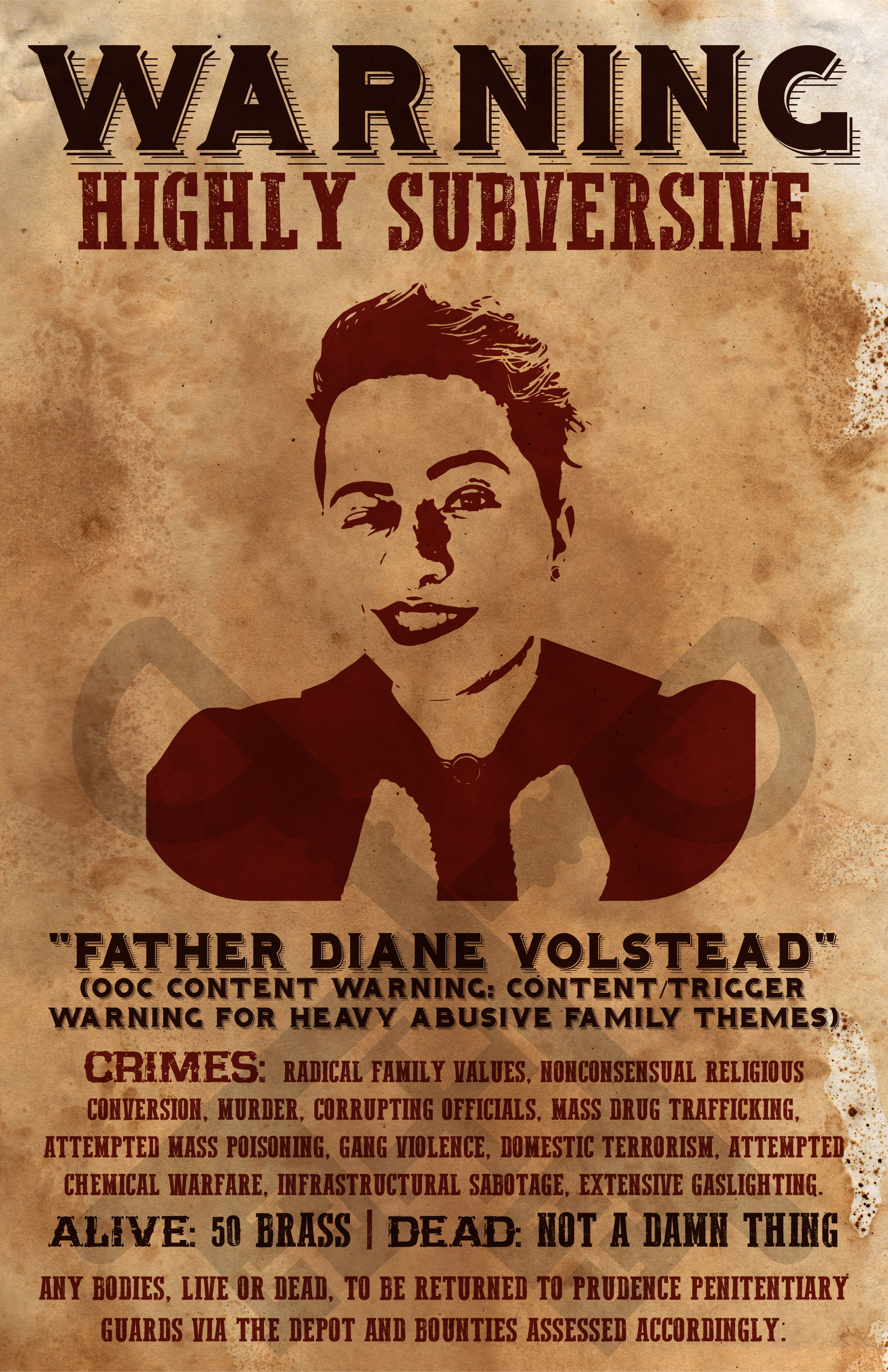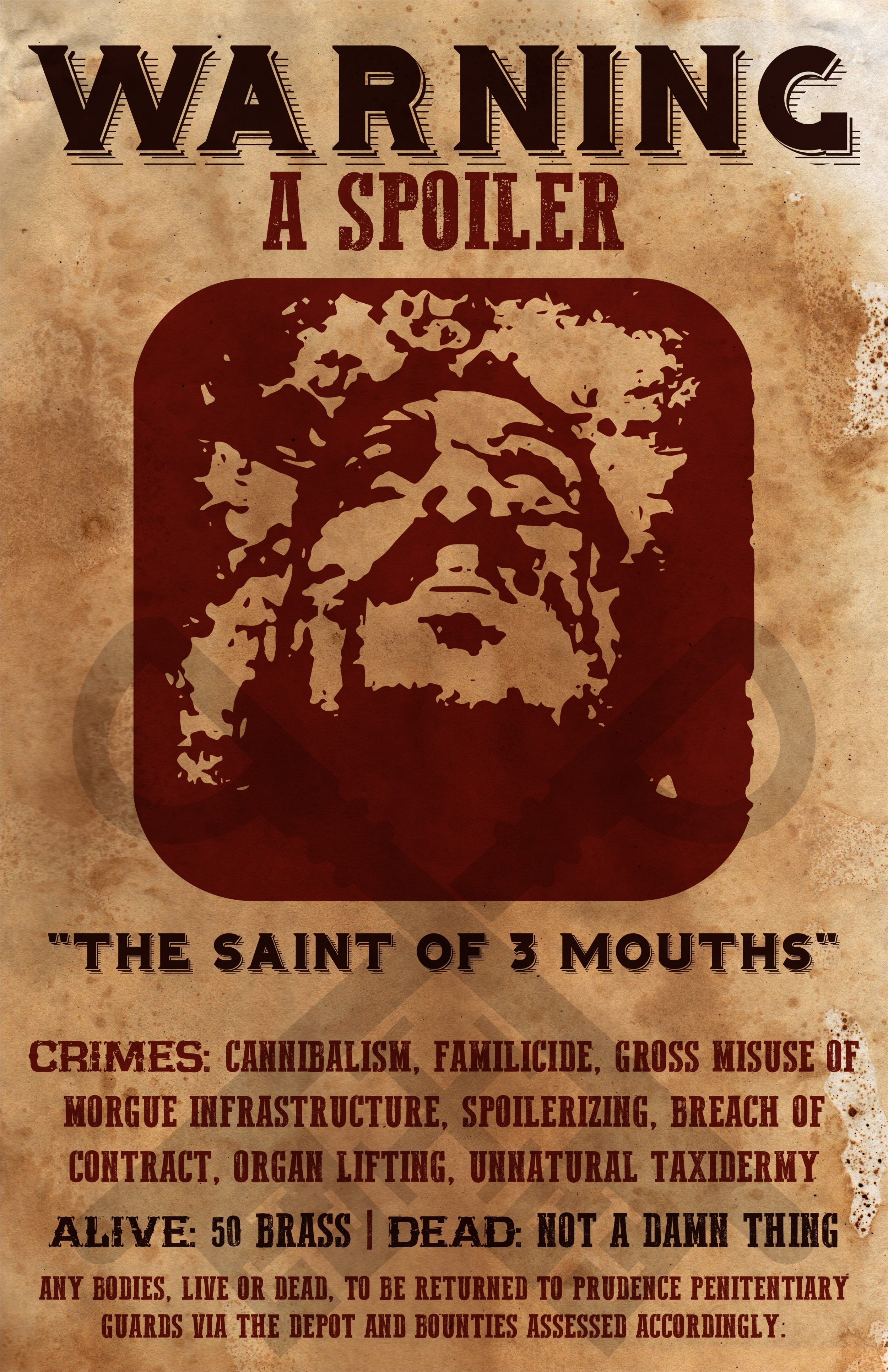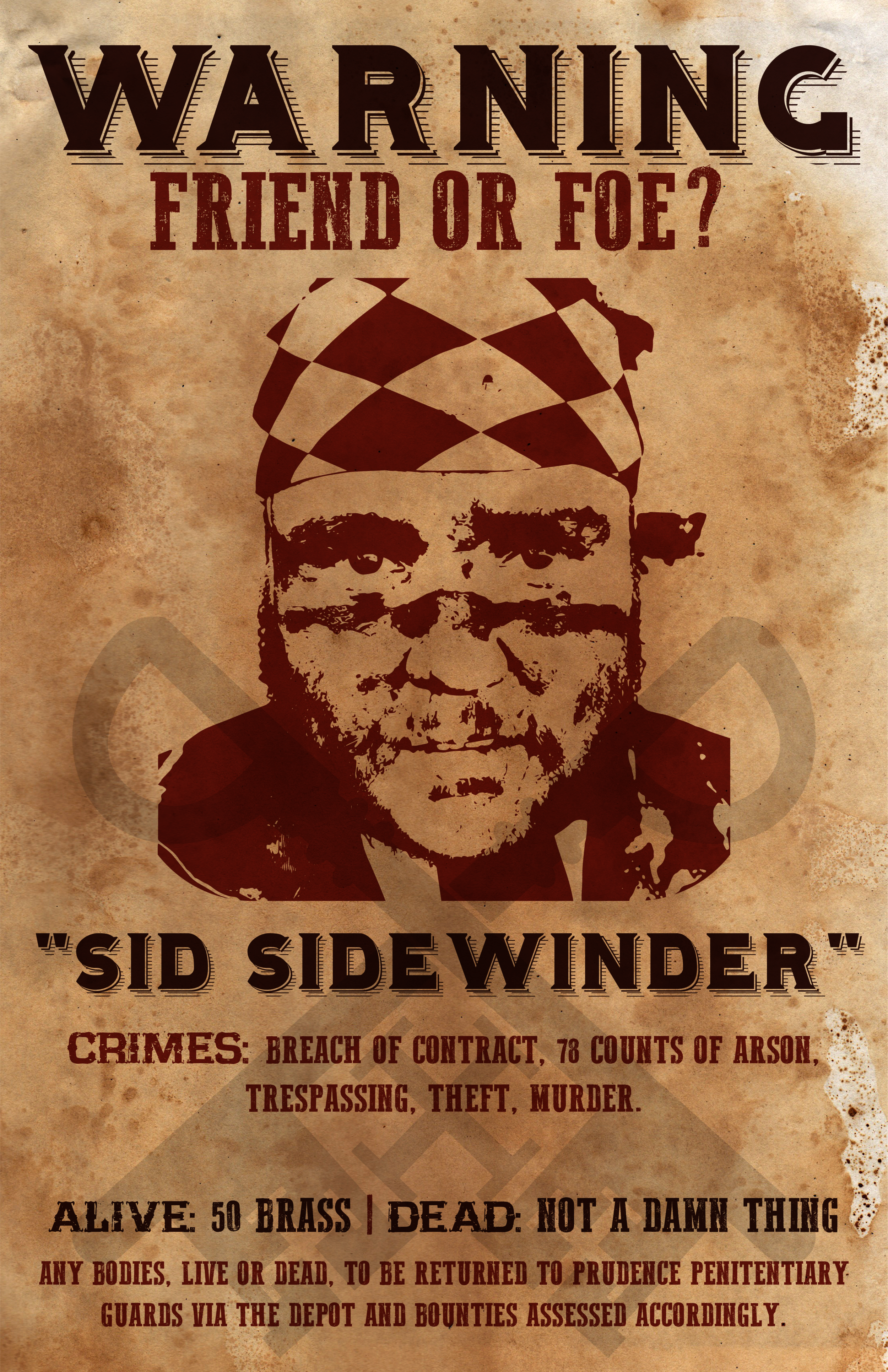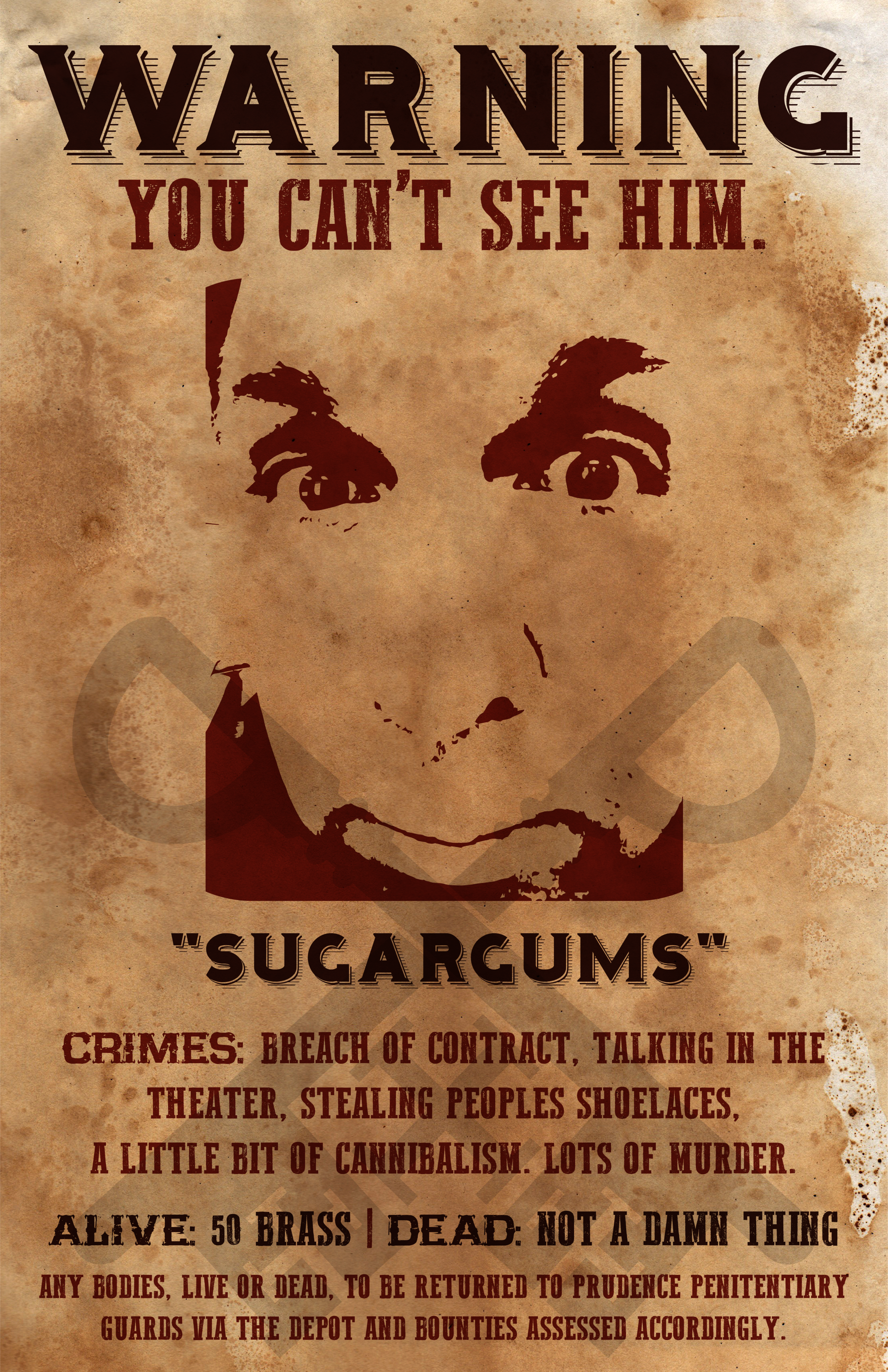Good morning!
It’s Jonathan with another weekly Rules Ramble! Today’s blog post is going to be covering the first part of some key rules from the Disease Mechanics for Dystopia Rising. In a perfect world, everyone would read every page of the rulebook, but we all know that’s really why you enjoy my rules posts summarizing the basics.
The full Disease rules can be found starting on page 190 in the DR: Evolved Corebook. You can download a free copy of the rulebook HERE.
It’s a long section, so I’m going to focus first on the basics of diseases and how you can interact with them. In my next post, I’ll go more into how to cure and treat a disease in Dystopia Rising.
Each disease in Dystopia Rising has some similar components:
Name - This is pretty obvious, really. Some diseases that have seen play are Blood Scourge, Bad Brain, Radiation Sickness, the Plague of the Unfinished, and Black Fungal Disease. Some of those sound pretty scary!
Type - While most diseases have set mechanics, sometimes a disease can change or worsen during a game. There are two ways this happens - either as an Outbreak, where the disease mutates to becomes more contagious, or when a disease is Weaponized, where someone purposefully spreads the disease. This last type is ALWAYS a CvC action if done by a player.
Transmission Vector - Each disease is spread in a specific way. This can include being bitten or wounded, contact with bodily fluids, consuming tainted water or food, being touched by an infected victim, use of Anomaly skills, airborne transmission, or even environment factors like exposure to radiation or some other SCIENCE! type effect.
Stages of Illness - Each disease has a series of Stages. Each stage compounds on the last as the disease worsens. A stage of an illness will generally have roleplay notes for the symptoms of the disease and how it should be portrayed. Most diseases have between 3 to 5 different Stages. For many diseases, the last Stage is particularly deadly and can result in a character dying or even being transformed into something like a Raider!
Duration between Stages - Most diseases increase in Stages at set intervals. This might be at the next 12s for fast-acting diseases, or for slow-acting diseases it could increase at the next event. Some diseases can even worsen depending on a trigger, like another exposure to that disease. It’s important to know how deadly the disease is and how much time you have left!
Mechanical Impact - Each disease will have some kind of mechanical impact on your character. Some diseases might prevent you from using certain Skills, cause a Fracture, prevent the use of Resolve, or even impact your total Mind or Body totals. Some diseases even give you new Traits that come with specific keywords and abilities.
Resolution - Each disease has some specific ways it can be cured and treated. Unfortunately, these ways to resolve a disease are hidden until they are discovered through Research in the game. I’ll cover this step in more detail in my next blog post.
There are a few key ways you can interact with a disease during the game:
Characters can identify the symptoms of the disease and the stage with the Basic Medical skill, for zero mind using “Check Status” rules. The infected character should reveal the name of the disease they are suffering from and the current Stage of that disease they are suffering from.
Characters with the Mutant Lineage (that’s Remnants, Retrogrades, and Tainted) can spend a point of Resolve to ignore an INFLICT DISEASE mechanic call by calling “Mutated Immune System”. This prevents the character from contracting a new disease, but does not prevent a disease you are already infected with from progressing.
Death at any stage of the Disease generally has some impact on the character. Often, a disease is cured when the character passes through the Mortis Amaranthine, but particularly nasty diseases can persist even after death.
If a character is using a Helscape Deathmask or Dr. Ottoman’s Disease Control Kit, they may declare “No Effect!” to any infectious mechanics that might risk spreading the disease to them by working on an infected patient by using their gizmos. Doctors need to be careful around particularly virulent plagues!
Any custom disease introduced in our game may not transfer outside the DR: TX game area for any reason. If a character leaves play before a plot-related disease is cured (like say, you leave early), the disease effects mysteriously fades over the next 12 hours. National-level diseases like Bad Brain can persist on your character sheet though, and can be taken back to a different chapter. It’s generally a bad idea to eat a Raider in any game!
So that’s about it for this blog post, but next time we will talk about Remission, Inoculation, and Curing a disease, as well as how you RESEARCH about what a disease can do. See you next week!



